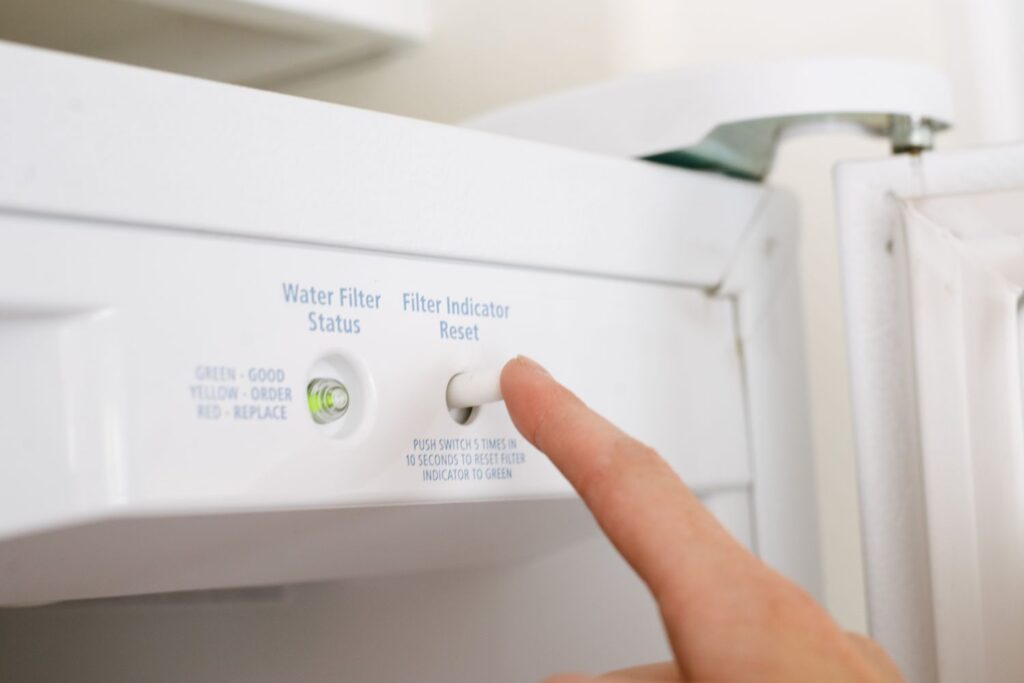It’s a small thing, but opening your fridge to darkness can be surprisingly annoying. While it may seem trivial, a non-working fridge light can sometimes hint at deeper issues. Let’s walk through how to find out what’s wrong—and what you can do about it—without immediately calling a repair service.
Why Does Your Fridge Light Matter?
At first glance, a fridge light might not seem essential. But have you ever tried to find a midnight snack without it? Aside from convenience, the light can also indicate if your fridge is getting power. If it’s out, you could have a bigger problem on your hands.
Common Reasons Your Fridge Light Isn’t Working
Before you worry about expensive repairs, remember: the fix might be simple. Here are the most common causes:
1. Burnt-Out Bulb
Honestly, the most likely culprit is an old bulb. Like any household light, fridge bulbs eventually reach their limit.
2. Faulty Door Switch
If the bulb is fine, check the door switch. This little button tells the fridge when the door is open. If it sticks or breaks, the light stays off—even when you open the door.
3. Electrical Issues
Sometimes, the problem goes deeper: a loose wire, a bad socket, or even a blown fuse in your home’s circuit. While less common, it’s still worth considering, especially if other appliances are acting up.
Step-by-Step Guide: Diagnosing the Problem
Let’s keep it simple. You don’t need a toolkit worthy of a pro—just a bit of patience and attention.
Step 1: Check the Bulb
- Unplug the fridge (safety first—don’t skip this step).
- Remove the bulb cover (usually it twists off or pops out).
- Gently unscrew the bulb and inspect it. If it looks dark or the filament is broken, swap in a new one with the same wattage.
Step 2: Test the Door Switch
- With the fridge plugged back in, press the door switch by hand.
- Listen for a “click” and see if the light responds. If nothing happens, the switch may need to be replaced.
Step 3: Inspect the Socket and Wires
- If a new bulb and working switch don’t solve it, the socket could be the issue.
- Carefully look for any burn marks, corrosion, or loose wiring. Don’t mess with the wiring unless you’re comfortable—otherwise, it’s time to call a professional.
Quick Fixes vs. When to Call a Pro
Some fixes, like replacing a bulb or door switch, are easy for most people. However, if you suspect electrical issues or damaged wiring, don’t risk it. It’s safer (and often cheaper in the long run) to get a professional’s help.
Conclusion
A non-working fridge light is rarely an emergency, but it’s definitely inconvenient. With a few easy checks and a little DIY spirit, you can likely solve the problem in minutes. On the other hand, if things look complicated, don’t hesitate to call for backup. After all, nobody wants to eat yogurt in the dark.

